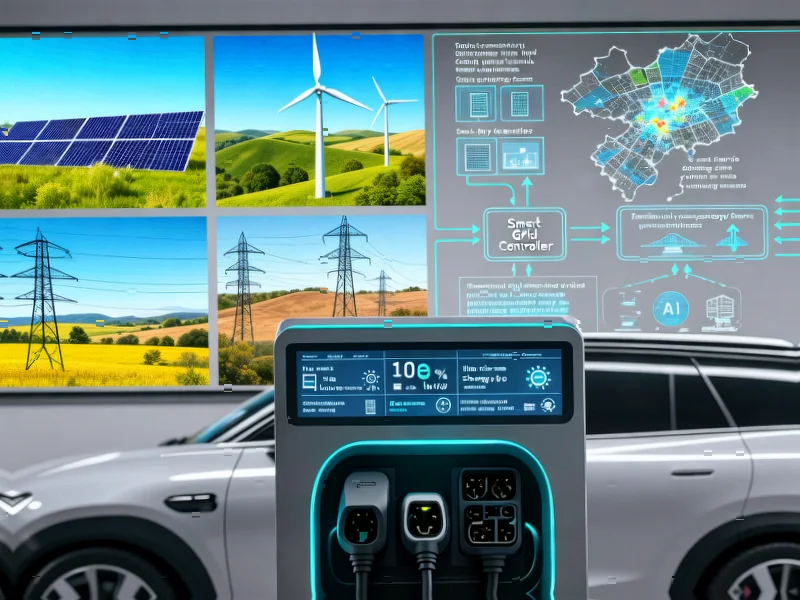According to Fortune, OpenAI has signed a $38 billion deal with Amazon Web Services that will enable the ChatGPT maker to power its AI tools using “hundreds of thousands” of Nvidia’s specialized AI chips through Amazon’s U.S. data centers. The agreement, announced Monday, comes less than a week after OpenAI altered its partnership with longtime backer Microsoft and follows regulatory approvals allowing the company to form a new business structure to raise capital more easily. Amazon shares increased 4% after the announcement, while OpenAI will immediately start utilizing AWS compute with all capacity targeted for deployment before the end of 2026 and potential expansion into 2027 and beyond. This massive infrastructure commitment comes as OpenAI has made over $1 trillion worth of financial obligations for AI infrastructure, including data center projects with Oracle and SoftBank and semiconductor deals with Nvidia, AMD, and Broadcom. This strategic shift marks a significant moment in the cloud AI landscape.
The End of Cloud Exclusivity
OpenAI’s move to diversify beyond Microsoft Azure represents a fundamental shift in cloud provider relationships for major AI companies. For years, Microsoft enjoyed exclusive access to OpenAI’s workloads, creating a competitive advantage that drove Azure’s AI business. Now, with this AWS partnership, OpenAI gains crucial leverage and redundancy that could reshape how AI companies negotiate with cloud providers. The timing is particularly significant given that regulators recently approved OpenAI’s new business structure, allowing the company to pursue more flexible financing arrangements. This multi-cloud strategy gives OpenAI negotiating power that could ultimately benefit all AI developers by forcing cloud providers to compete more aggressively on pricing and service levels.
The Unprecedented Scale of AI Compute Demand
The sheer magnitude of this deal—”hundreds of thousands” of Nvidia chips—reveals just how compute-intensive advanced AI systems have become. We’re no longer talking about incremental capacity additions but rather infrastructure at a scale previously reserved for only the largest cloud providers themselves. This level of commitment suggests OpenAI anticipates exponential growth in both model training requirements and inference demands as more users adopt AI tools. The timeline is equally telling: deployment through 2026 with potential expansion into 2027 indicates this isn’t a short-term capacity boost but rather a foundational infrastructure strategy. For context, even major enterprises typically commit to cloud spending in the millions or low billions—this $38 billion commitment dwarfs traditional enterprise cloud deals and signals that AI infrastructure requirements operate on an entirely different scale.
The Risky Financial Model Behind AI Growth
What makes this deal particularly noteworthy is the financial structure behind these massive infrastructure commitments. As Fortune noted, some investors have expressed concerns about the “circular” nature of these arrangements, where cloud providers essentially finance OpenAI’s growth through massive credits and deferred payment structures. This creates a situation where OpenAI’s expansion depends on its cloud partners’ willingness to essentially bankroll that growth based on future revenue projections. While CEO Sam Altman has expressed confidence that “revenue is growing steeply,” the reality is that these infrastructure deals represent enormous financial leverage that could become problematic if AI adoption doesn’t meet expectations. The fact that Amazon is simultaneously the primary cloud provider to Anthropic, OpenAI’s direct competitor, adds another layer of complexity to this financial arrangement.
Broader Ecosystem Implications
For the wider AI development community, this deal signals both opportunity and concern. On one hand, the massive infrastructure buildout could eventually trickle down to smaller AI companies through improved availability of high-performance computing resources. AWS will likely leverage its experience serving OpenAI to enhance its AI service offerings for all customers. However, there’s also a risk that the largest AI players will consume so much compute capacity that smaller innovators face resource constraints and pricing pressure. The concentration of advanced AI capabilities among a few well-funded companies could stifle competition and innovation from emerging players who can’t access similar scale. This dynamic could accelerate the trend toward AI oligopoly, where only companies with billions in backing can compete at the cutting edge of model development.
Strategic Outlook and Market Impact
Looking forward, this deal likely represents just the beginning of a broader industry realignment. We should expect to see other major AI companies pursuing similar multi-cloud strategies to avoid vendor lock-in and maximize negotiating leverage. The cloud providers themselves will need to balance serving these massive AI customers while maintaining capacity and competitive pricing for their broader enterprise client base. For enterprises building AI applications, this signals that the underlying infrastructure market is becoming more competitive, which could eventually lead to better terms and more options. However, it also highlights the enormous capital requirements for competing in the generative AI space, suggesting that the barrier to entry for new foundation model developers has never been higher. The AI infrastructure arms race has officially begun, and its winners will be those who can navigate both the technical and financial complexities of this new landscape.




